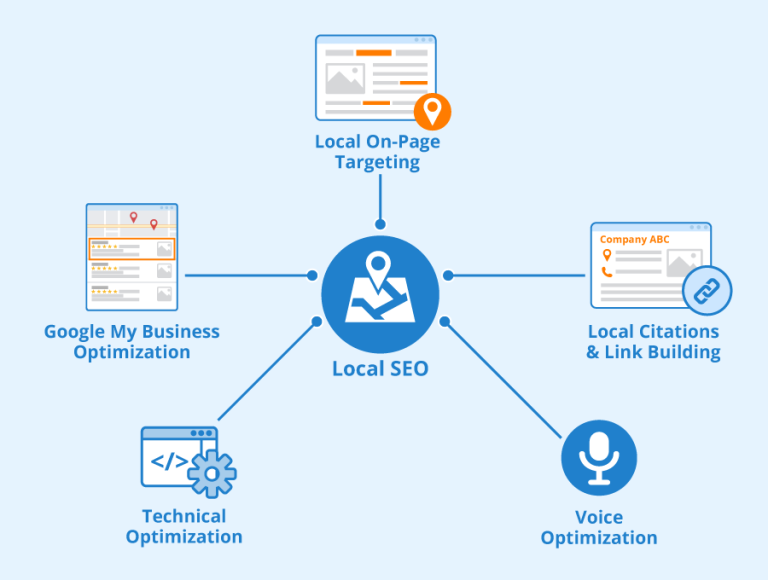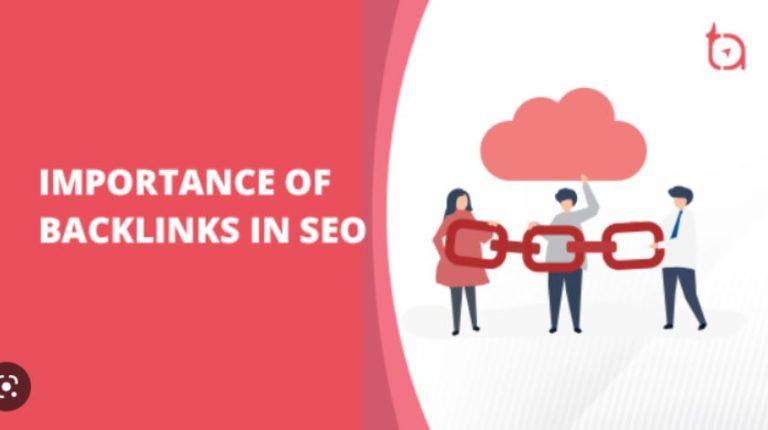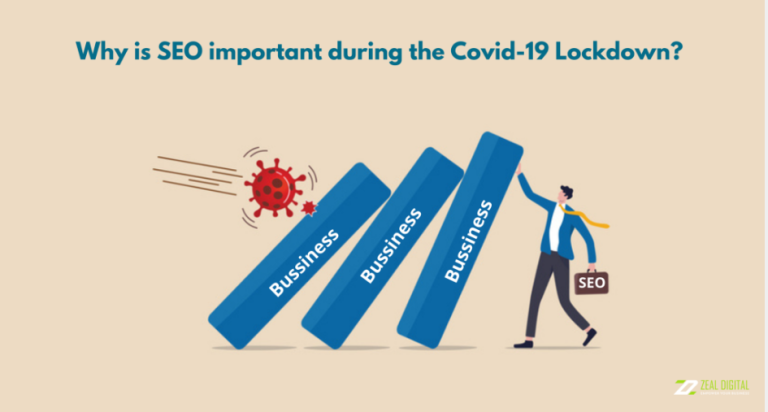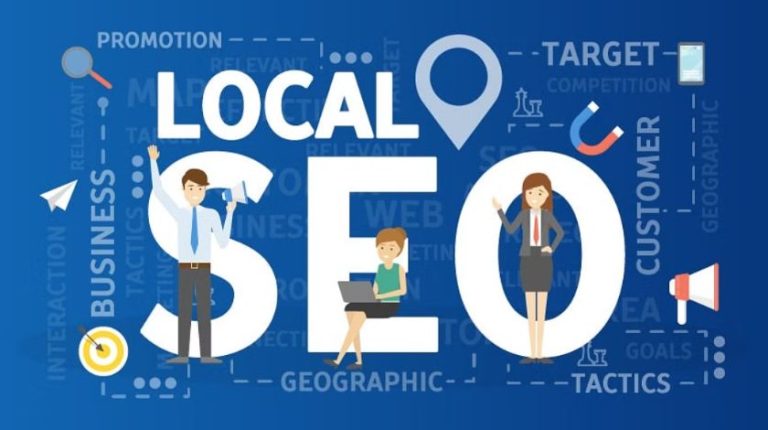SEO Strategies: How to Rank No. #1 on Google?
Launching your business website online is just the first step, and the next is all about applying SEO strategies to earn the first position in Google. Ranking in Google was not hard in past years, but the algorithm updates have been quite difficult. The intent of the updates has always been to enhance the users’ experience by displaying the relevant search result.
According to the Zero Limit Web, ranking is crucial because the first five organic searches get 67.60% of all clicks.

Google always brings big and tiny changes in its algorithm, which may work in favor of your website or work against you. Here’re a few major algorithm changes that Google introduced, which impact the ranking.
- 2012- Penguin: Detects sites using irrelevant links to get a higher position. Google Penguin aims to identify and lower the rank of sites with spammy links.
- 2013- Hummingbird: Help Google understand the intent behind the search queries. Though keywords are important, the website can get ranked even if it doesn’t have the keywords the user entered.
- 2014- Pigeon: Records the location of the search made and delivers the localized result to users.
- 2015- Mobile-friendly: Works in favor of a mobile-friendly website to rank at the top of mobile searches.
- 2015- RankBrain: is part of a hummingbird and one of the most important ranking factors. It serves the best search result that matches the search queries.
- 2017-Fred: Targets those webpages that violate the guideline of Google webmaster. This update can remove the content by its Google quality guideline.
With all the major and minor Google algorithm updates, ranking your web pages has definitely been difficult. But you may consider using the SEO strategies that can help you rank your website.
SEO strategies to boost your Google ranking
1. Meta tags

Meta tags have profound impacts on uplifting your ranking position. These tags help Google figure out the purpose of your content and display your content according to the search queries. The title tag, Image Alt Text, and meta description are the meta tags that impact ranking.
Title tag
The title tag is the blue hyperlink on the SERP that signals Google about the relevancy of the content. It needs an exact description of the content and keywords to indicate the search engine to rank the page. Webpage optimized by placing the keyword at the first of the title tag tends to work better than placing it at the end.
Image Alt Tag
The image alt tag is a text alternative to the image, which helps Google to read the image. Applying an image alt tag related to the content will help you rank your website on the result page.
Meta Description
Meta Description appears below the title tag, which describes the content. Using a keyword in the meta description increases the chance of getting ranked and clicks.
2. Backlinks

Backlinks are considered the most important factor in ranking on search engines like Google. SEO Backlinks are the links directed from other’s websites to your website.
According to the research conducted by Ahrefs, “The more backlink a web page has, the more search traffic it gets from Google.”
You get search traffic on your website when the webpage gets ranked. Backlinks tell Google that people have trust on the website and have the quality to be ranked. In fact, backlink also indicates that your website is relevant and help in creating authority on the core topic.
The best practice to get a backlink is to write a guest blog for other publishers’ websites. When you’re writing on another website, you’re introducing your business to new audiences and increasing referral traffic to your website.
3. Keywords

Keywords optimization is a crucial factor of SEO strategy that has a role in ranking your web page. Identify the specific keywords that you want to be ranked for. Ensure that you’re using the keywords in a reader-friendly manner to engage your reader in your content.
While searching, people don’t use one or two words; they usually search by typing many words. Therefore, using long-tail keywords can increase the visibility of your website if you can identify the search intent.
According to Smart Insights, Long-tail keywords have a click-through rate (CTR) of 3%-5% more than a generic search.”
When using long-tail keywords, you’re very specific about the topic. People are likely to read content that talks exactly about what they are searching for. Being specific and relevant to the search will increase the traffic as people will come across the content when they are searching.
There’re sites where you do keyword research, like SemRush, and Ahrefs. Besides this, you can also consider using LSI keywords and keywords suggested by Google in your content.
4. Content
Creating content on the website will show that you’re an expert in your industry. Content does create value for your business; along with this, it is the strength of the SEO strategy. Publishing relevant content will help Google determine the relevancy of your website and rank your website in SERP whenever there is a related search.
Creating content regularly will build a library. Having a collection of content also symbolizes that you have a higher authority than others in your industry. This means when people search for the product or service of your industry, the chances of your website being ranked in SERP are higher.
While writing content, don’t write on a random topic; select the topic your audience wants to read. Write about the benefits you offer, your business practices, your business features, and your success stories. If your content has appropriate keywords that your audience can relate to, then that can significantly support the SEO strategy.
Writing valuable content is essential. Giving your website visitor valuable content will increase the time they spend on the website and help improve the performance of SEO.
5. Image optimization
According to Moz, the image is returned for 27.3% of search queries on Google, which is why image optimization is essential. When image-oriented platforms like Pinterest and Instagram are growing, audiences are looking for image search results that they can rely on.
Image optimization can create a better user experience and can improve SEO when there is an image search result. Inserting at least one related image in your content is important as people are more likely to look for content that can give a proper concept about the content. For this, you can use infographics to clarify the concept.
You may prefer using JPEG and PNG for better quality and transparency of the image. Add a description caption and name your image, as it is a best practice in SEO strategy. Implementing image optimization in SEO strategy will help the search engine identify what the image is about and display the image as a search result.
6. Mobile optimization

Around two-thirds of searches are done by mobile, 65% of the total search. This is a reason why Google has updated its algorithm. When your website is mobile-friendly, you can reach a large audience and provide them with a wonderful reading experience on your website.
Also, mobile-friendly websites are the ranking factor of Google; it becomes important for you to optimize your website for mobile if you want to rank.
Use a standard font that can be visible easily. Additionally, it’s very important to use an image that suits the mobile phone because the mobile screen is small compared to the desktop. You can also focus on designing a simple website your audience can easily access.
7. Page loading speed
Google is concerned about providing excellent user experience, so if your page loading speed is slow, then Google will notice it, which can negatively impact your ranking. Additionally, a slow website will also affect the visitors’ engagement on your website. And less user engagement can also drop down your ranking.
If the website has a loading disability, then there is a chance 40% of the visitors will quit the website if the website doesn’t load in 3 seconds. In fact, 80% of the visitors will not return to the website. If your website loads slowly, you’re losing more than you think.
You can test your website speed using a tool such as Pingdom, which is free. With this tool, you can test your website from a different location. Moreover, you can check the speed of your website around the world.
Adjusting your website theme and plugins can fix your website’s loading speed.
Final thought
Overcoming all the challenges of Google to rank on the SERP has different difficulties. But the mentioned SEO strategies can be applied to rank your website. Moreover, you also need to study and understand consumers’ desires. Researching long-tail keywords that they use to visit your website can be an opportunity to create content that solves their problem.
Also, you can analyze your competitor and find their strength and weakness. Once you have what they are missing, you can fill the gap and move ahead of them.
Above all, you should also know which SEO strategies will work for you and which strategies are less effective on your website. If you could know what exact SEO strategies you need to apply, then there is a very high chance of getting ranked.







